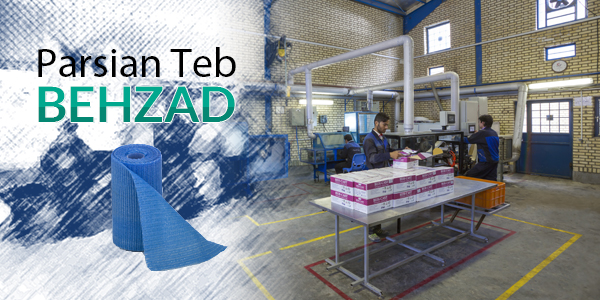Fracture of the medial condyle of the humerus is a rare injury. Isolated case reports appear in the literature. Although the medial condyle fracture has been described in the literature since the early 1800s, some controversy exists as to whether these were descriptions of true medial condyle fractures or whether these were really descriptions of more common medial epicondyle fractures. Studies have reported greater numbers of medial condyle fractures in the literature; however, the overall incidence of these fractures remains quite low. Of all elbow fractures in children, medial condyle fractures are reported to account for less than 1%.
In 1964, Milch proposed the first classification system for unicondylar humerus fractures.[15] The Milch system is based on the location of the fracture line in the distal humeral epiphysis. Milch first described an avulsion fracture due to a transverse valgus force. He then described a classification system for 2 types of fracture caused by longitudinal forces. A Milch type I fracture splits the trochlear groove, leaving the lateral trochlear ridge intact. A Milch type II fracture splits the capitotrochlear sulcus such that the lateral trochlear ridge is part of the fracture fragment (see image below for a depiction of the two types). A type II fracture is inherently unstable and is called a fracture dislocation.[4] The avulsion and type I fractures can be treated open or closed; however, more complex type II fractures should be treated only with open reduction and internal fixation (ORIF).[7]
In 1965, Kilfoyle combined his own experience with 5 colleagues to collect a total of 11 examples of medial condyle fracture and separated them into 3 types of injury, as depicted in the image below.[16] Type I involves a greenstick fracture or crush of the medial condyle metaphysis down to but not including the physis. He also stated that these may actually be incomplete supracondyle or intracondyle fractures. Type 2 involves a fracture through the physeal plate and epiphysis without displacement or rotation. Type 3 is similar to type 2 but with moderate-to-severe displacement and rotation of the fracture fragment.

Displacement patterns as described by Kilfoyle. Displacement patterns as described by Kilfoyle.
Medial epicondyle fracture
In 1818, Granger reported the first unequivocal description of a medial epicondyle fracture. Granger described a fracture that resolved rapidly and left little functional deficit. In the early 1900s, several authors recognized that the fracture was often associated with elbow dislocation and that the avulsed fragment could become entrapped within the joint.
In 1950, Smith dispelled many of the complications previously attributed to medial epicondyle fractures. Smith refuted that medial epicondyle fractures were associated with growth disturbance, pain and disability, weak elbow flexion, or ulnar nerve dysfunction and went on to prove his theories in his classic study. He concluded that fractures involving the medial epicondyle were relatively benign and were not associated with significant functional deficit.
Farsetti et al confirmed Smith's conclusions.[17] Even in 42 patients with isolated fractures of the medial epicondyle with displacement of 5-15 mm, no significant difference was found between those treated with ORIF and those treated nonsurgically. No universally accepted system exists for classification of medial epicondyle fractures




















